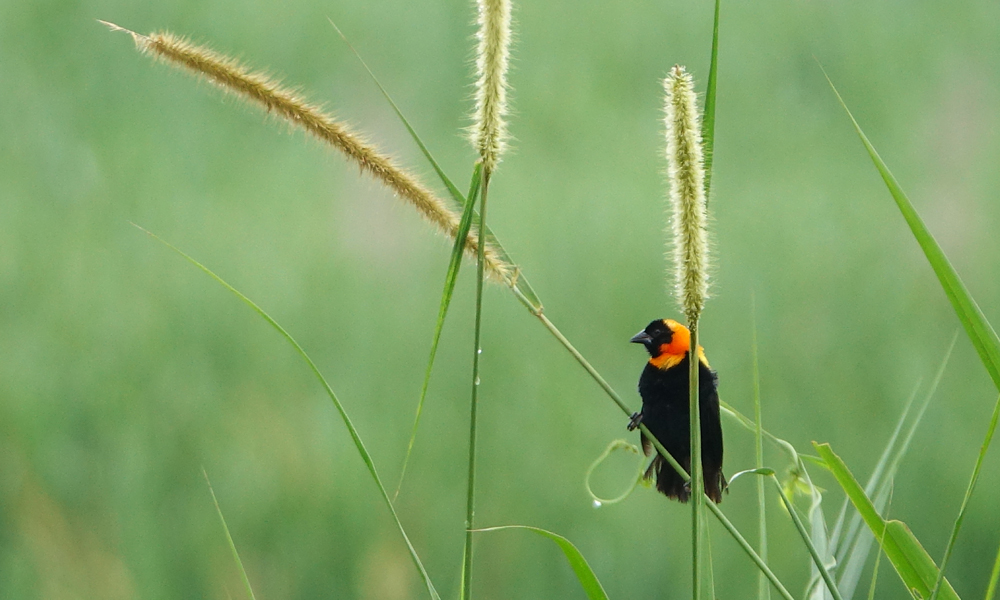The goal of creating Gishwati – Mukura National Park was to preserve the species that live in this forest. Gishawti, a tiny forest measuring only 35.5 square kilometres, is home to amazing characteristics. It includes two forests: Mukura to the south and Gishwati to the north. Since the park served primarily as a hiding spot during the Rwandan genocide in 1994, it was under tremendous pressure. Today, initiatives to safeguard park species are helping to restore the woodlands’ former splendour.
The Gishwati – Mukura National Park is named after the variety of tree species that can be found there. These include the hagenia abyssinica, giant tree fans, Carapa grand flora, Harungana Montana, Prunus Africana, and many more common species. The park is named after the carapa grand flora, which is dotted almost everywhere in the area and is known to the locals as “Umushwati.”

The park is primarily home to primates, including chimpanzees, golden monkeys, L’hoest monkeys, blue monkeys, olive baboons, and vervet monkeys, to name a few. There are few or no large mammals in the park, and its birdlife includes Grauer’s swamp warblers, Rwenzori Turacos, and grey-crowned cranes. The forest divides the Congo and River Nile basins.
Combining the park’s attractions with other activities offers the chance to engage in a variety of activities, such as a guided nature walk that will provide you with an overview of the national park. The park’s vast and beautiful parks, blooming trees, chameleons, and birds more than 126 species of birds, some of which are endemic to the Albertine region can be seen along the various trails.
Activities centred around the community can be planned; you can learn about traditional medicine, beekeeping, and handicraft creation, as well as the traditional dance of the Indashyikirwa people.
Three trails have been established to explore the beauty of the National Park: the waterfall trail, which is accessible from the Kivu Belt Road and the Nteko ranger post. At seven kilometres, it is the easiest route to take while in the National Park; the Umushwati trail, an eight-kilometer trail that includes the western part of the park, is a tourism zone. Trails and waterfalls are some of the main attractions of the conservation area. Along the trails, hikers can enjoy activities like hiking, bird watching, and waterfall views.
